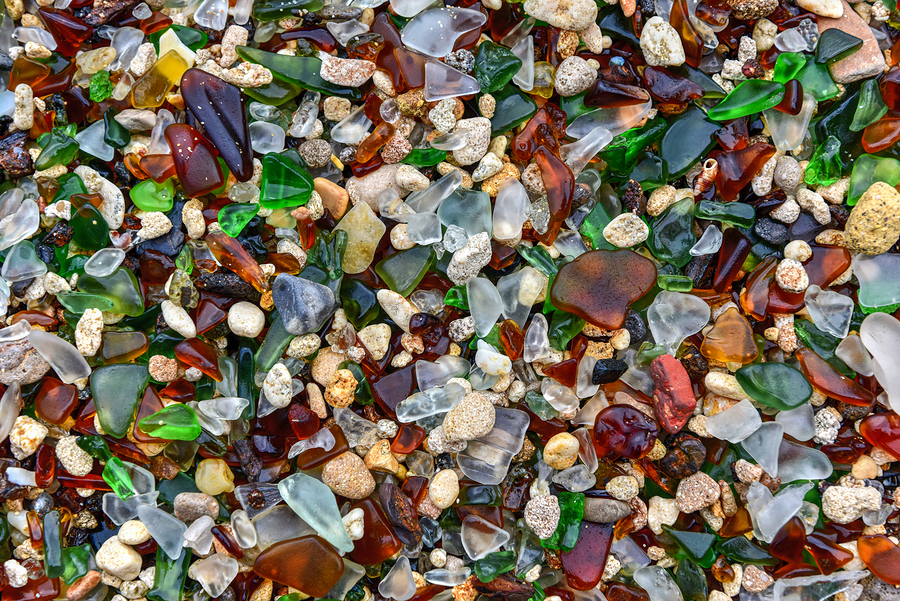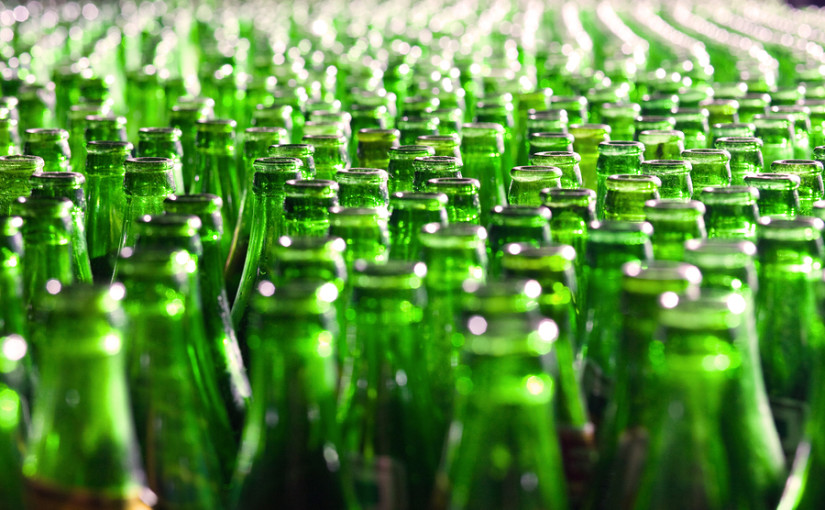Depending on the profession you work in, glass is probably either something you throw away in only small quantities – the occasional broken tumbler or empty coffee jar, for instance – or in large amounts, for example if you run a pub or restaurant.
No matter how much or little you produce each year, it’s important to make sure you collect it separately from your other waste for recycling, or that your commercial waste collection service provider will separate it out retrospectively.
The benefits are huge – in terms of energy security, resource efficiency and climate change, recycling glass makes sense.
The Never-Ending Story
The Glass Packaging Institute says there is zero loss in purity or quality when glass packaging is recycled to be used again.
Unlike materials like paper, where the fibres rapidly degrade within just a few uses, this means that every time you recycle glass again, you compound the benefits already achieved – over, and over, and over.
While there are some metals with similarly strong recyclability credentials, it’s hard to beat glass in terms of recyclability alone, and collections have come a long way from the old days of separating clear, green and brown glass into different bins.
Significantly, recycled glass is produced with no waste products, by-products or harmful materials released from the process.
Broadly speaking, that means when you recycle a bottle, you can make a new bottle. Recycle a jar, and you can make a new jar, with no nasty chemicals or contaminants left behind.
Clear the Air

Recycling glass isn’t just resource-efficient, it’s energy-efficient too, and that means fewer carbon emissions contributing to the level of greenhouse gases in the air.
Every six tons of glass that is recycled reduces the carbon footprint by a ton of CO2, compared with producing the same glass from raw materials.
There are raw material savings of course, including sand, limestone, feldspar and soda ash in different quantities, and for a 10% increase in cullet in the mix, sulphur oxides drop by 10% and nitrogen oxide by 4%.
There are also economic benefits, as including cullet – recyclable waste glass made ready for the furnace – lowers the melting point of the mix and puts less strain on the furnace.
More with Less
While glass can be fully recycled, it’s not actually true to say that recycling one jar means one new jar can be produced, and so on.
Although that’s a fair rule of thumb, in real terms the glass packaging we use is getting lighter, with thinner glass, as part of the packaging industry’s attempts to cut the overall weight of packaging waste.
That means recycling old glass into new actually allows it to go even further, making a larger number of new containers – and again meaning that in this way, recycling glass is even more than 100% effective.
Clean and Easy
With modern glass recycling services it’s easier than ever to have your waste collected and processed in an environmentally friendly way.
If you are able to separate it yourself – using multiple bins, or separate rubbish chutes on construction sites, for instance – then you can make sure you have the right size skip for the different quantities of each material you produce.
Or if you’re not sure, or have a large amount of mixed waste to dispose of, you can order a large skip and good skip hire providers will make sure recyclable waste is retrieved from it before anything is sent to landfill.

